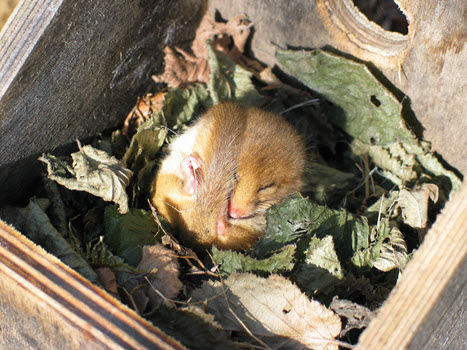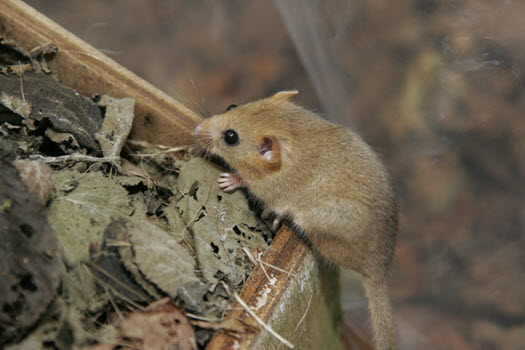People’s Trust for Endangered Species (PTES) manages the National Dormouse Database, the Great Stag Hunt, Living with Mammals and the Big Hedgehog Map, to name but a few of our national surveys.
While the variety of species for which we generate population and range data, are not huge, the volumes of data we collect are. For example, over 8,000 records have been collected in the last year to contribute to the Big Hedgehog map while the Great Stag Hunt contains over 25,000 records with 9,000 added in 2016.
Most of our records are collected by volunteers and contribute to our knowledge of the species population and its range. This information may become very important as it could show if a species shows a dramatic decline, as has happened with hedgehogs. The State of Britain’s Hedgehog report in 2015 used the data to help show that since 2000, rural populations have declined by at least a half and urban populations by up to a third in the same period. This information is promoting efforts to afford hedgehogs greater protection under British legislation.

Dormouse records are a valuable resource, both in terms of species conservation efforts and the effect their presence can have at, or near to development sites. PTES records dormouse population data within the National Dormouse Monitoring Programme (NDMP), that has been running since 1990. The National Dormouse Database (NDD) is made up of anecdotal records of dormice such as hibernation records from the public and evidence from cat-kills. Under the terms of the Natural England dormouse licence, holders are required to submit their annual dormouse records to PTES. Hence every year PTES receive presence data from the NDMP and the NDD and from licence returns, all of which is made publically available.
In addition to the dormouse data which PTES collates, there are also other sources of dormouse data. Anecdotal records may be submitted to the local Wildlife Trust, local Mammal Group or Country recorder. In addition, dormouse records from ecological consultants may be submitted to the Local Biodiversity Record Centre (LRC); they may be contained within a site report in the public domain or they may be noted in a private report. The latter is a curious anomaly; to survey for dormice in an area where dormice might be present is a licensable activity and a condition of the licence is usually that any data collected be reported on the annual licence return. Yet client confidentiality is sometimes quoted as a reason not to make data available even though it would undoubtedly be in the public interest to improve information of dormouse populations sometimes in areas where data might be lacking.
PTES is a conservation charity and all species presence data we hold is made available on the NBN Gateway. The resolution at which it is made generally available varies, dependent on species. The stag beetle data is made available at full resolution whereas the dormouse data, as it is a protected species, is made publically available at 1 km resolution. As the NDMP is a monitoring programme the biometric data in it, is not made generally available, but it may be made available to students and scientific researchers, as long as they sign a data share agreement, committing the recipient to publish any findings they get from the data.

PTES is not a commercial organisation and recognises the valuable contribution made by Local Biodiversity Record Centres to make ecological data available to Ecological Consultants. It is important that the consultants have access to validated and current data to best inform them to make decisions on planning applications and development. The dormouse presence data that PTES holds is available at full resolution to LRCs, as long as the centre signs a data share agreement with PTES. This enables data to be swapped once a year between PTES and the LRC and ensures that the dormouse distribution data is as accurate as it can be. The NBN makes this possible as a central data hub where data can be uploaded, stored, accessed, and retrieved. To date PTES have signed data agreements with a number of LRCs who are now able to provide the best quality dormouse data for consultants. It is known to be a cause of frustration to consultants that that this information is not available in all Counties. While consultants recognise the need to pay for data searches; they also consider that, having paid, the data supplied should be as accurate as possible; unfortunately this is not always the case.
Dormice are a declining species; a recent report on the State of Britain’s Dormice identified a 38% decline in the population since the year 2000. They are a species that are hard to find, survey and monitor so that any information that can be obtained, either for population size and extent or range, is important. Consultants have an important role in trying to reduce the impact of development on the hazel dormouse but they need good information to enable them to make the right decisions. Importantly the hazel dormouse is also an ambassador for our woodlands and hedgerows and if it is possible to improve the landscape to help them, a lot of other species will be helped as well.
Written by Ian White (Dormouse Officer) & Emily Thomas (Data Officer), PTES
